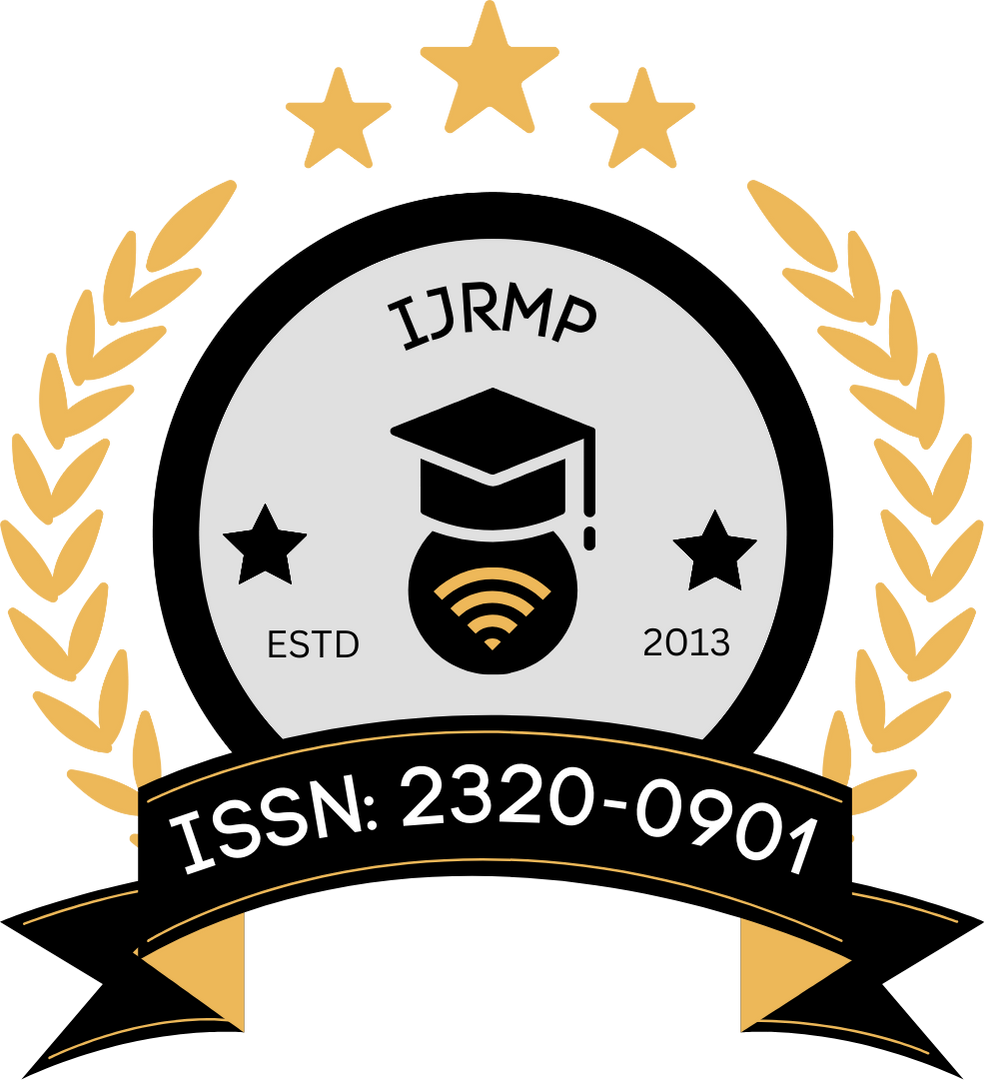![]()
Tushar Nair
Independent Researcher
Kerala, India
Abstract
Emerging viral infections pose a persistent global threat due to their rapid transmission, high mutation rates, and potential to cause epidemics or pandemics. Traditional antiviral strategies have struggled to keep pace with the evolving nature of these viruses, necessitating the development of novel therapeutic approaches. Among these, peptide-based antivirals have garnered increasing attention due to their high specificity, modular design, biocompatibility, and potential to disrupt critical virus-host interactions. These therapeutic peptides can function through multiple mechanisms, including viral entry inhibition, replication disruption, and immune modulation. This manuscript provides a comprehensive exploration of the potential of peptide-based antivirals as a viable strategy against emerging viral infections. The review highlights key examples of antiviral peptides, their sources (including natural, synthetic, and engineered peptides), mechanisms of action, and preclinical success. Furthermore, it assesses challenges in stability, delivery, and resistance, along with promising solutions such as cyclization, nanocarriers, and conjugation strategies. The discussion establishes the relevance of peptide antivirals as both standalone agents and components of combinatory antiviral therapies, supporting their potential translation into effective treatments for a broad spectrum of viral threats.
Keywords
Peptide antivirals, viral inhibition, emerging infections, host-virus interactions, therapeutic peptides
References
- Boulanger, M. J., & Garcia, K. C. (2004). Shared structures, shared functions? Immunological Reviews, 198(1), 187–204. https://doi.org/10.1111/j.0105-2896.2004.0123.x
- Buda, S., Pilchová, T., & Dijkman, R. (2012). Influenza: Antiviral resistance and treatment options. Clinical Microbiology and Infection, 18(S4), 1–8. https://doi.org/10.1111/j.1469-0691.2012.03982.x
- Chang, T. L., Chang, C. H., Simpson, D. A., Xu, Q., Martin, P. K., Lagenaur, L. A., & Parks, T. P. (2003). Inhibition of HIV-1 infectivity by human lactoferrin and its derivatives. Journal of Clinical Investigation, 111(4), 565–573. https://doi.org/10.1172/JCI16819
- Düzgüneş, N., & Konopka, K. (2011). Antiviral peptides as therapeutic agents. Current Pharmaceutical Design, 17(36), 4175–4181. https://doi.org/10.2174/138161211798999080
- Eckert, D. M., & Kim, P. S. (2001). Mechanisms of viral membrane fusion and its inhibition. Annual Review of Biochemistry, 70(1), 777–810. https://doi.org/10.1146/annurev.biochem.70.1.777
- Fay, N., & Varani, G. (2013). RNA recognition by arginine-rich peptide motifs. Biochemistry, 52(31), 4726–4738. https://doi.org/10.1021/bi4006982
- Giuliani, A., Pirri, G., & Nicoletto, S. F. (2007). Antimicrobial peptides: An overview of a promising class of therapeutics. Central European Journal of Biology, 2(1), 1–33. https://doi.org/10.2478/s11535-006-0061-5
- He, Y., Vassell, R., Zaitseva, M., Nguyen, N., Yang, Z., Weng, Y., … & Weiss, C. D. (2003). Peptides trap the human immunodeficiency virus type 1 envelope glycoprotein fusion intermediate at two sites. Journal of Virology, 77(3), 1666–1671. https://doi.org/10.1128/JVI.77.3.1666-1671.2003
- Jenssen, H., Hamill, P., & Hancock, R. E. (2006). Peptide antimicrobial agents. Clinical Microbiology Reviews, 19(3), 491–511. https://doi.org/10.1128/CMR.00056-05
- Lalezari, J. P., Henry, K., O’Hearn, M., Montaner, J. S., Piliero, P. J., Trottier, B., … & Drobnes, C. (2003). Enfuvirtide, an HIV-1 fusion inhibitor, for drug-resistant HIV infection in North and South America. New England Journal of Medicine, 348(22), 2175–2185. https://doi.org/10.1056/NEJMoa035106
